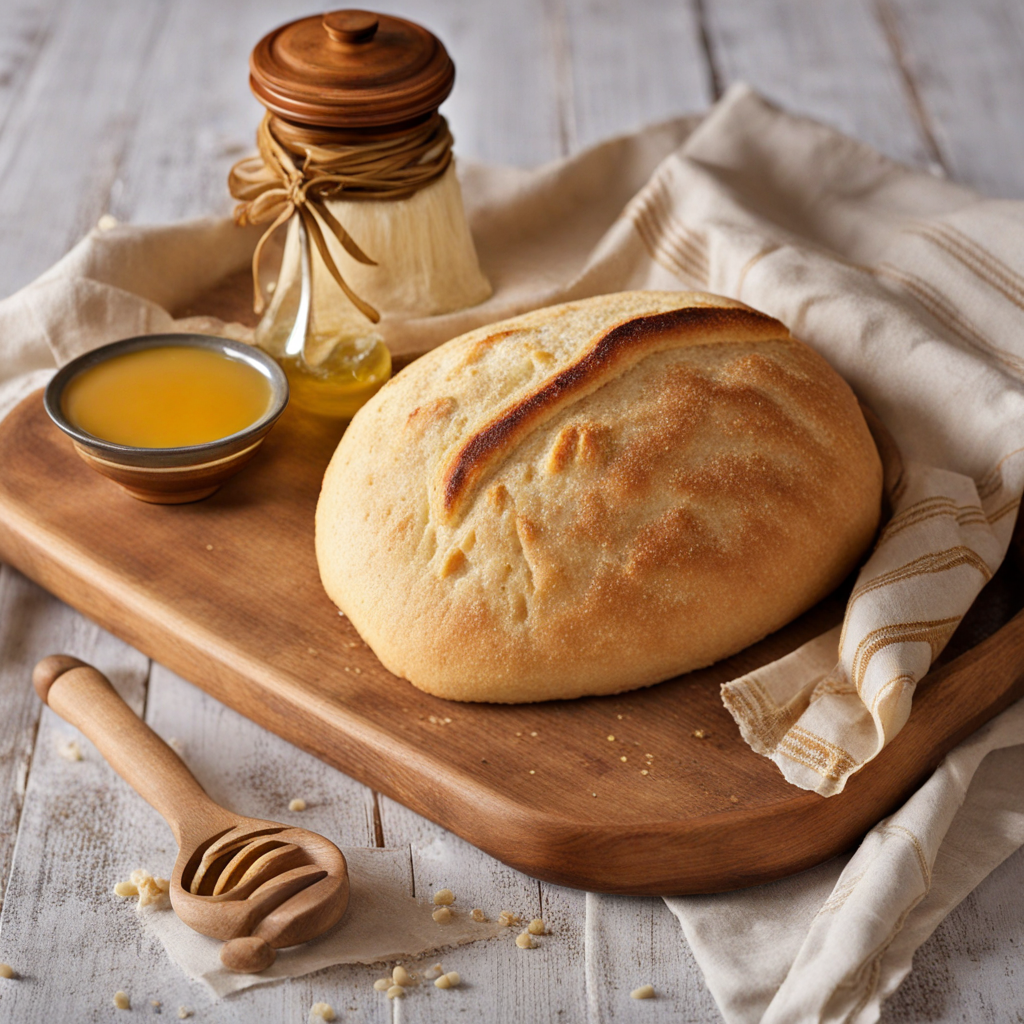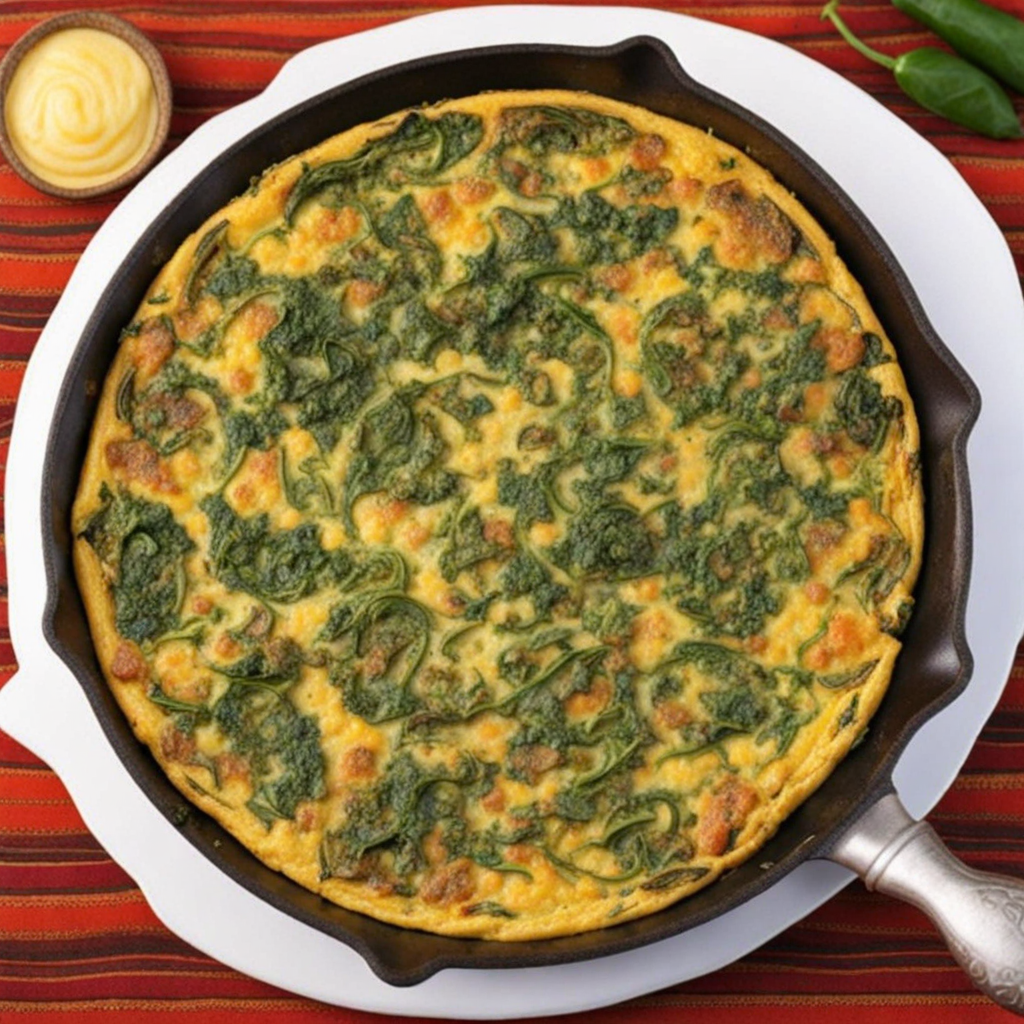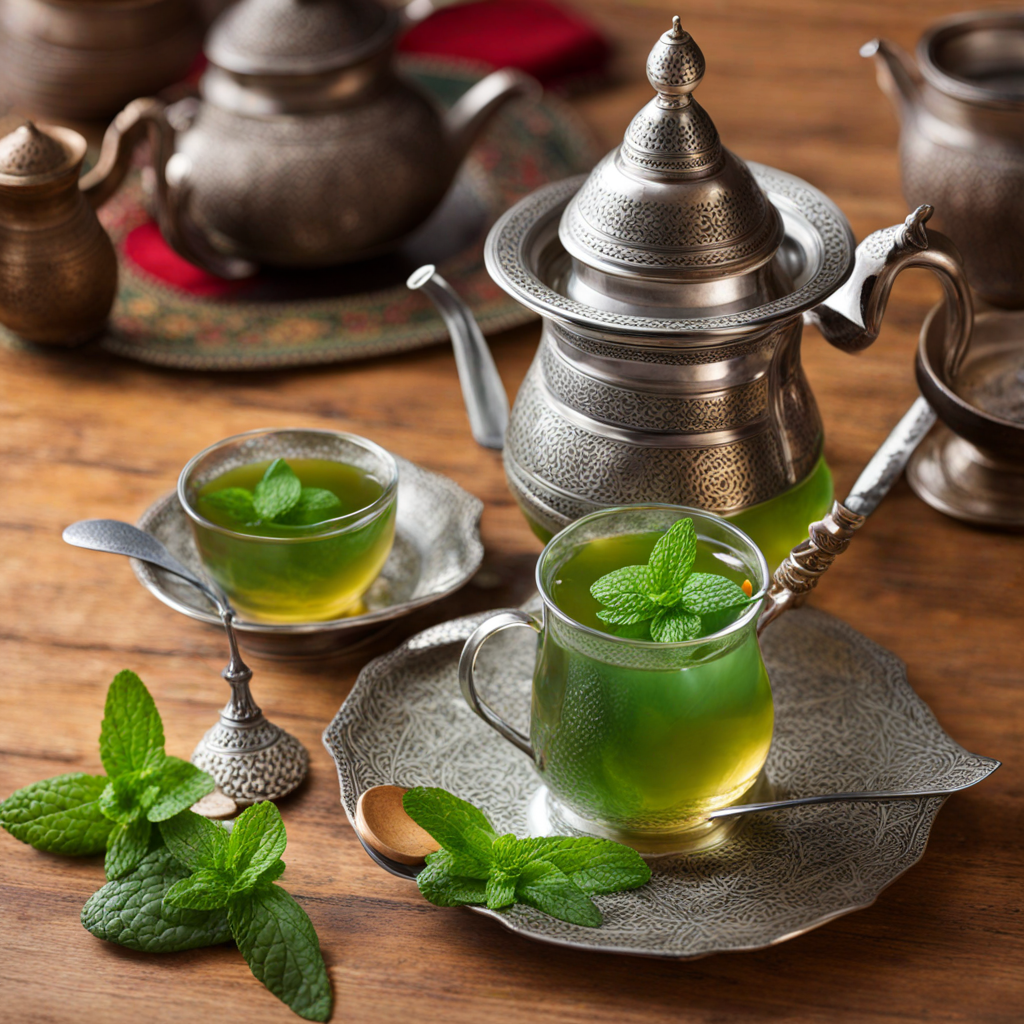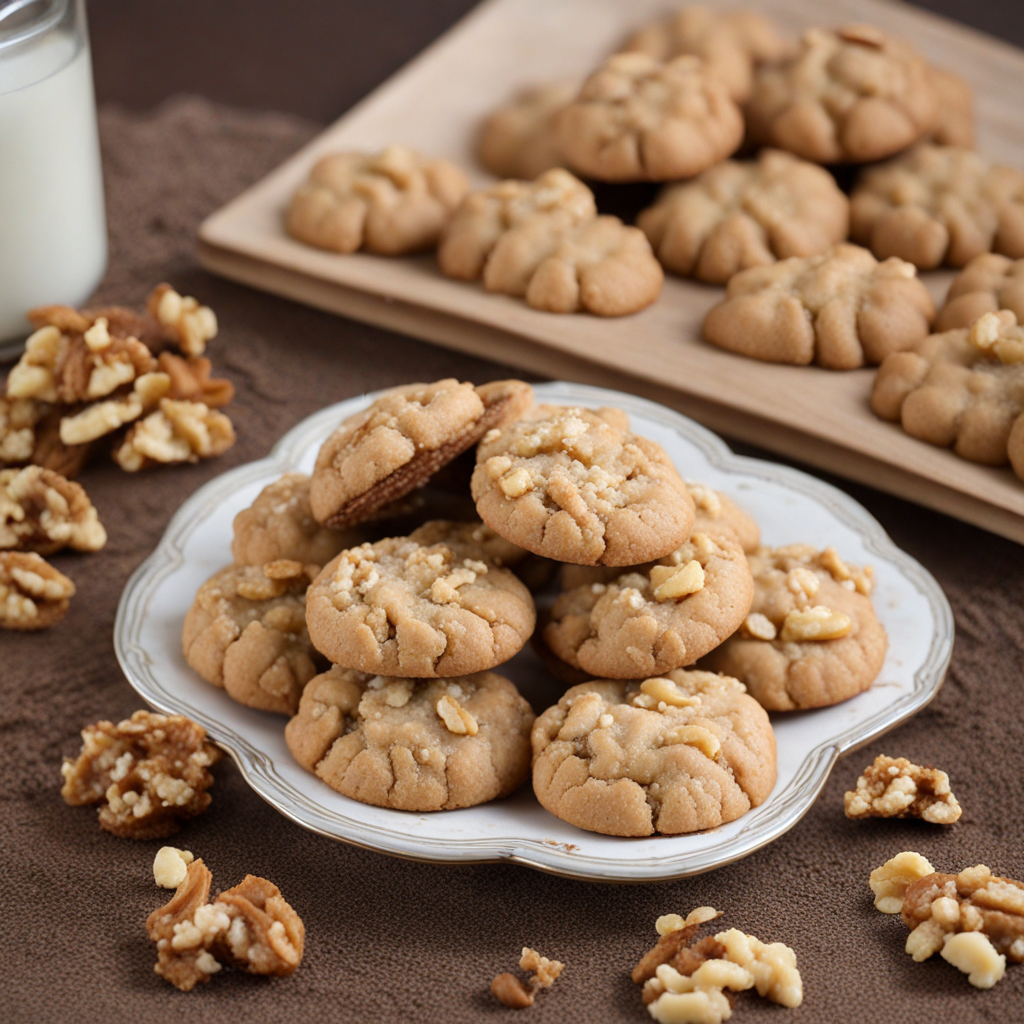Harsha
Harsha is a traditional Moroccan semolina-based bread that offers a delightful blend of texture and flavor, making it a must-try for food enthusiasts seeking new culinary experiences. This rustic bread is typically made from coarse semolina, water, and a touch of salt, resulting in a slightly grainy texture that is both hearty and satisfying. Harsha is often cooked on a flat griddle called a 'tajine' or 'msemen', which gives it a golden-brown crust while keeping the inside soft and tender. Its simplicity allows it to shine, serving as a versatile accompaniment to various Moroccan dishes or enjoyed on its own. The flavor profile of Harsha is subtly nutty, thanks to the semolina, and it has a mild sweetness that can be enhanced with the addition of honey or jam. Some variations of Harsha include the use of butter or olive oil, which not only enriches the flavor but also contributes to a more moist texture. It's common to find this bread served at breakfast or during snack time, often paired with tea or coffee, making it a comforting choice for any time of day. The aroma of Harsha, warm and inviting, fills the air during its preparation, captivating anyone nearby. One of the most enjoyable aspects of Harsha is its versatility. It can be served plain or stuffed with a variety of fillings, such as cheese, olives, or even sweet ingredients like dates and nuts. This adaptability allows for personal creativity and experimentation, making it a delightful dish to share with friends and family. Whether you are savoring it with a traditional Moroccan tagine or simply enjoying a slice with a pat of butter, Harsha is sure to transport your taste buds to the vibrant streets of Morocco, leaving you with a memorable culinary experience.
How It Became This Dish
The Culinary Journey of حرشة: A Moroccan Delight #### Origins and Ingredients حرشة (Harsha) is a traditional Moroccan semolina bread that has been a staple in the culinary repertoire of the Maghreb region for centuries. The origins of Harsha can be traced back to the Berber communities, who have long inhabited the mountainous and rural areas of Morocco. This bread is made primarily from coarse semolina, water, and a pinch of salt, with variations including the addition of yeast and sometimes sugar for sweetness. Semolina is a key ingredient that reflects the agricultural heritage of the region. It is derived from durum wheat, which is well-suited to the arid climate of North Africa. The production of semolina has been a significant part of Moroccan agriculture, associated with traditional farming methods that have been passed down through generations. The choice of ingredients signifies not only the available resources but also the culinary practices rooted in the local environment. #### Cultural Significance In Moroccan culture, food serves as a foundation for social interaction, and Harsha is no exception. This bread is often enjoyed during communal meals, where it is served alongside tagines, stews, or simply with olive oil and honey. Its texture and flavor make it an excellent companion to the rich, spicy dishes that characterize Moroccan cuisine. Harsha is particularly significant during special occasions and festivals. For instance, during the celebration of Eid al-Adha, families often prepare this bread as part of their feasts. It is customary to share meals with neighbors and the broader community, reflecting the Moroccan value of hospitality. The act of breaking bread together fosters connections and reinforces social bonds, illustrating how Harsha is more than just food; it is a vehicle for cultural expression. #### Development Over Time The development of Harsha over the centuries mirrors the broader historical currents that have shaped Moroccan society. The influences of various civilizations, including the Arabs, Berbers, and French, have left their mark on culinary practices. The introduction of new grains and cooking techniques has led to the evolution of traditional recipes, including Harsha. In the past, Harsha was typically baked in a traditional clay oven known as a "tajine" or "fourn." The batter was formed into rounds and cooked on a flat surface, allowing the bread to develop a crispy exterior while remaining soft inside. This method of preparation is still prevalent, especially in rural areas where traditional practices are cherished. With the advent of modern technology and the introduction of electric stoves, the preparation of Harsha has become more accessible to urban dwellers. Many families now opt for quicker methods, using non-stick pans or electric griddles. Nevertheless, traditionalists argue that the authentic flavor of Harsha comes from the time-honored methods passed down through generations. #### Regional Variations As with many traditional foods, Harsha exhibits regional variations that reflect local tastes and customs. In the coastal areas of Morocco, for instance, you may find Harsha made with added flavors such as herbs and spices, or even infused with citrus zest to complement seafood dishes. In contrast, the interior regions may emphasize heartier versions, incorporating ingredients like nuts or dried fruit. The use of Harsha extends beyond mere sustenance; it acts as a canvas for creativity in the kitchen. Some cooks may experiment with fillings, stuffing the bread with cheese, olives, or even spiced meat, creating a fusion of flavors that highlight the versatility of this humble bread. #### Harsha in Contemporary Culture In recent years, Harsha has gained recognition beyond Morocco's borders, particularly in the context of global culinary trends that emphasize authenticity and heritage. Moroccan cuisine, with its aromatic spices and vibrant colors, has become increasingly popular in gastronomy worldwide. Food enthusiasts and chefs alike are rediscovering traditional dishes like Harsha, showcasing them in restaurants and cooking classes. Social media platforms have played a pivotal role in reviving interest in Harsha. Home cooks and chefs share their recipes, techniques, and personal stories associated with this bread, creating a sense of community among those who appreciate Moroccan cuisine. This digital engagement has also facilitated cultural exchange, allowing people from various backgrounds to explore the rich culinary traditions of Morocco. #### Conclusion The history of حرشة (Harsha) is a testament to the enduring nature of traditional foods and their ability to adapt and thrive in changing circumstances. From its Berber origins to its place in contemporary Moroccan culture, Harsha encapsulates the essence of Moroccan hospitality, community, and creativity. As a symbol of shared meals and cultural heritage, this beloved bread continues to forge connections among people, transcending geographical boundaries and time. In every bite of Harsha, one can taste the history, the labor of love, and the communal spirit of Morocco. Whether enjoyed in a bustling city or a quiet village, Harsha remains a cherished part of Morocco's culinary landscape, inviting all to partake in its rich legacy.
You may like
Discover local flavors from Morocco






